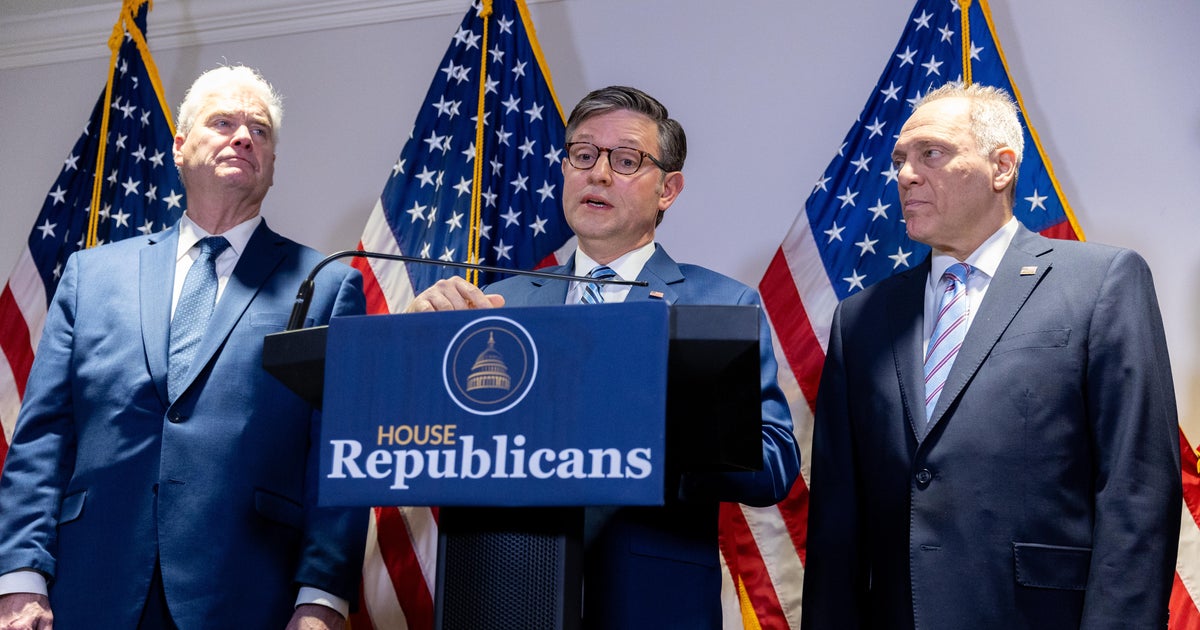Health care spending in America to consume 1 in 5 U.S. dollars
Americans already spend more on health care than the citizens of any other country. That gap is projected to widen, with health care spending expected to consume almost 20 percent of gross domestic product by 2027.
The surge in health care spending will be due to a potent mix of two trends, according to the new estimate from the Centers for Medicare & Medicaid Services, which estimates that medical spending will consume 19.4 percent of GDP by 2027, up from 17.9 percent in 2017. The aging baby boomer population, which will require more medical treatment as they enter their 60s, 70s and 80s, combined with rising health care costs, are at the root of the projected growth.
Health care spending will grow at an average annual rate of 5.5 percent during the next 8 years, or about 0.8 percent faster than GDP growth, the study found. Those types of trends are sparking debate among lawmakers, consumers, investors and businesses about why the U.S. spends so much more on health care than other developed countries, and how costs can be reined in.
"As a result of economic and demographic trends, we expect health spending growth to increase over this next decade," Andrea Sisko, an economist in the Office of the Actuary at CMS and lead author of the study, said in a statement. "While Medicare spending is expected to accelerate the fastest among payers and contribute to the increase, growth in health prices and disposable personal income are also significant contributors."
Billionaire investor Warren Buffett, for one, has called health care spending "the tape worm, essentially, of the American economy," because it increases costs for businesses, eating into profitability and investments.
Yet taxpayers are likely to foot much of the bill, with the study forecasting that spending on Medicare programs will be the highest among all major health care payers. Medicare spending will grow by 7.6 percent annually between 2020 and 2027, the study said. Private health care spending will grow by 5.1 percent during the same time.



